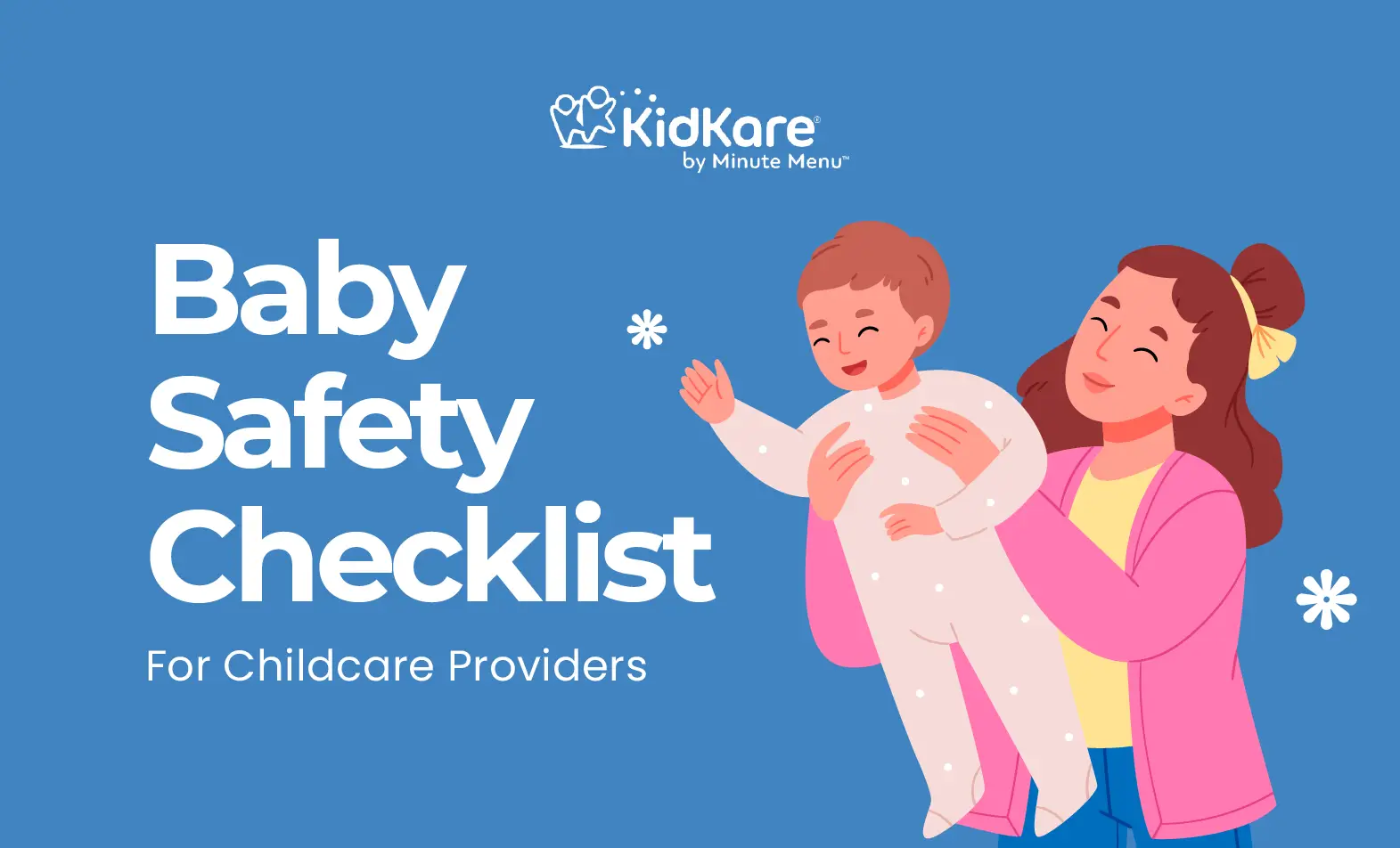
September marks Baby Safety Month, a crucial annual campaign dedicated to raising awareness about the paramount importance of keeping our littlest ones safe. For childcare providers, this month serves as a poignant reminder of the weighty responsibility we bear in safeguarding the precious lives entrusted to our care.
Creating a secure environment for infants requires more than just good intentions—it demands vigilance, knowledge, and a comprehensive approach to safety. Whether you’re a seasoned professional or new to the field, our essential Baby Safety Checklist will equip you with the tools to transform your childcare space into a fortress of protection.
This checklist is a starting point. Continual education and vigilance are key to adapting to each baby’s changing needs and abilities.
For those interested in deepening their knowledge of baby safety, numerous resources are available:
Staying informed about the latest safety recommendations and product recalls can help childcare providers maintain a safe environment for the babies in their care.